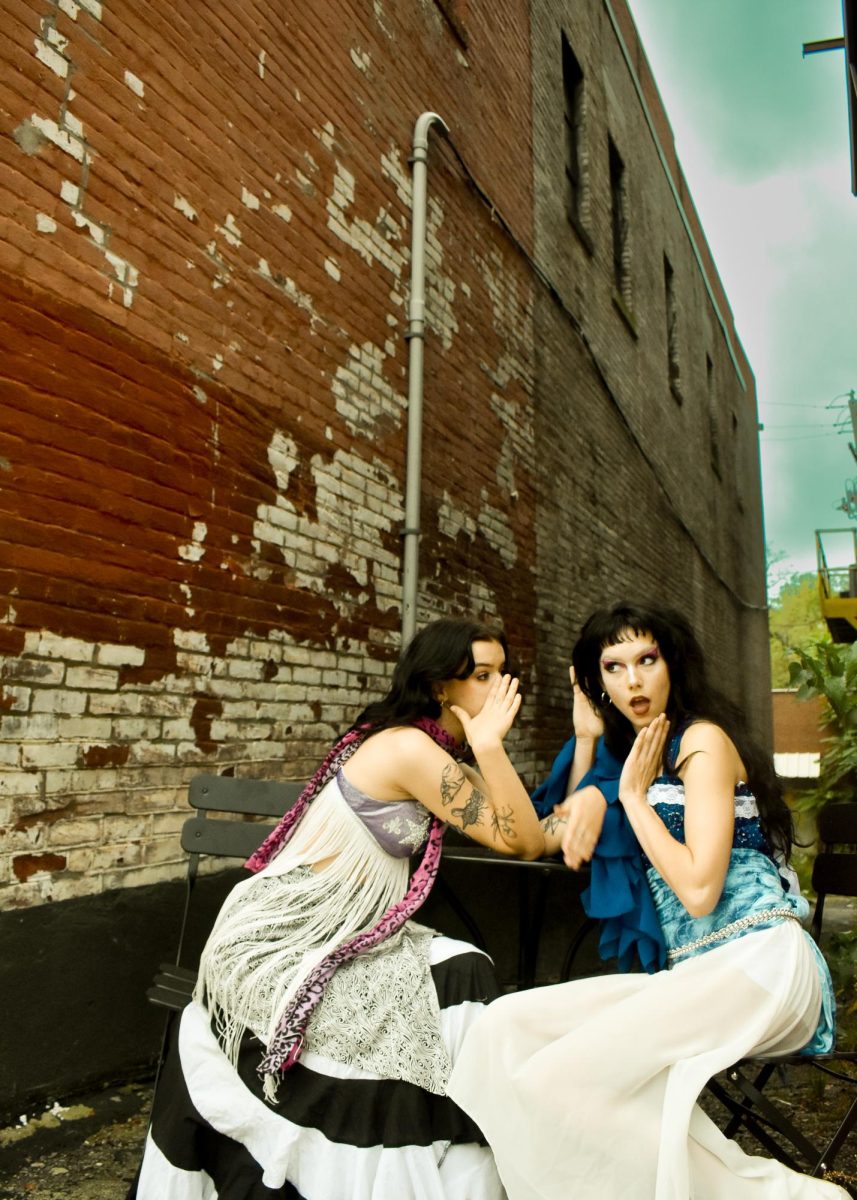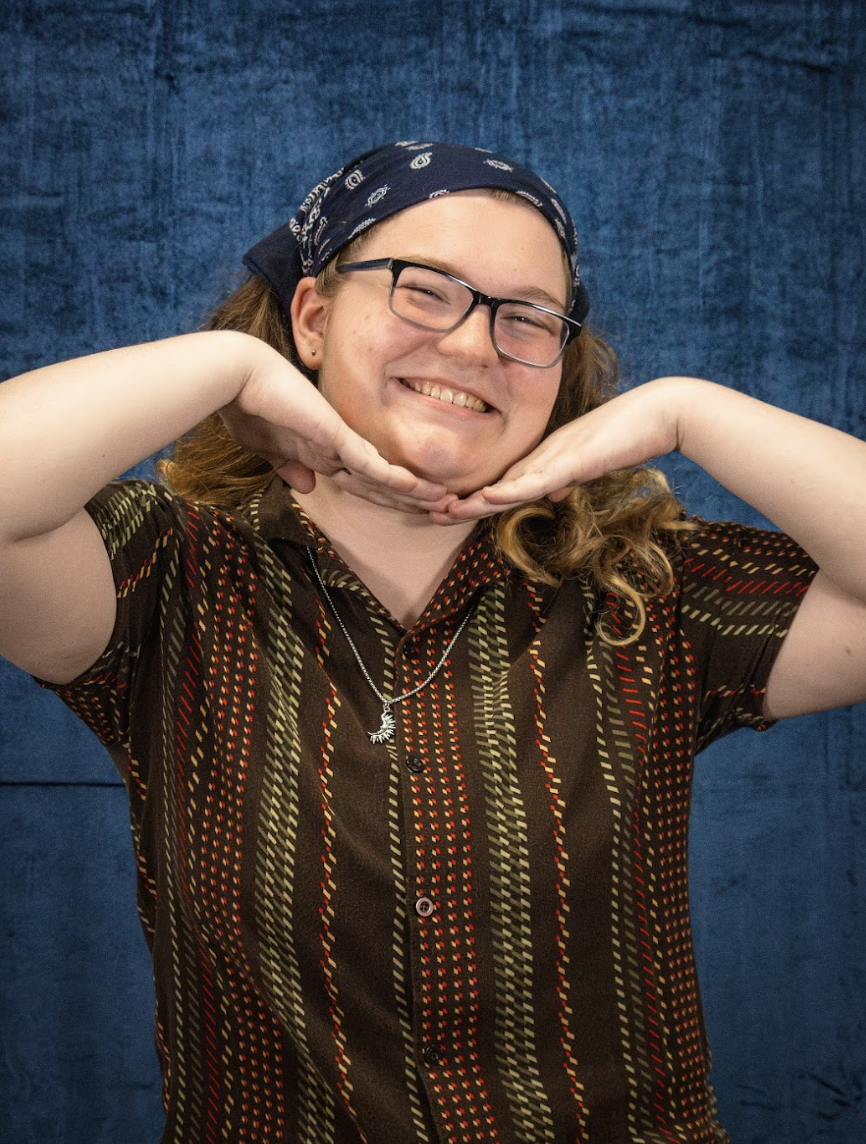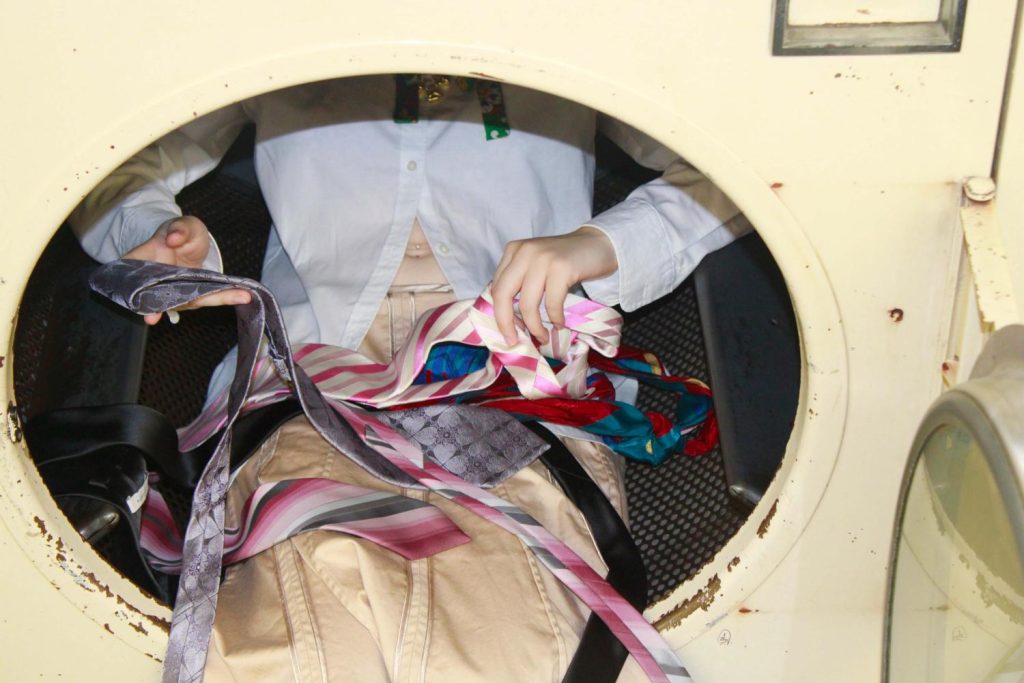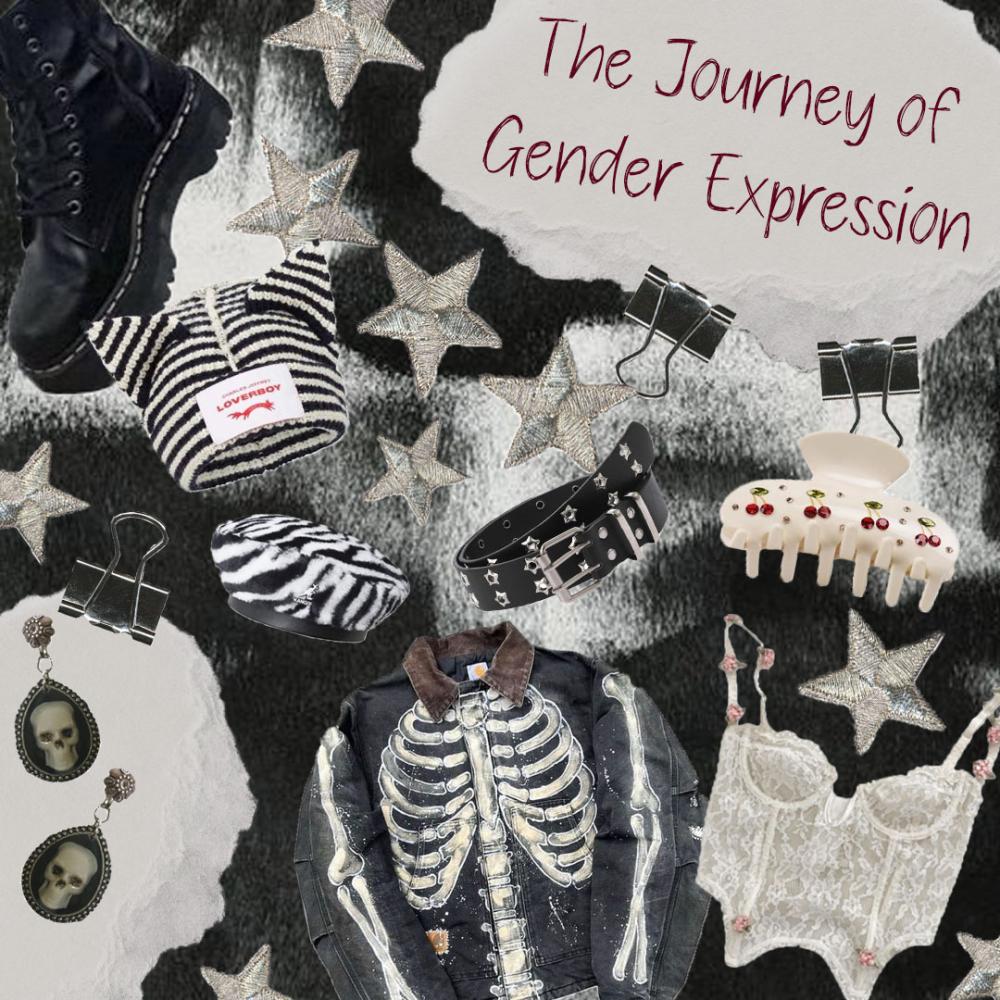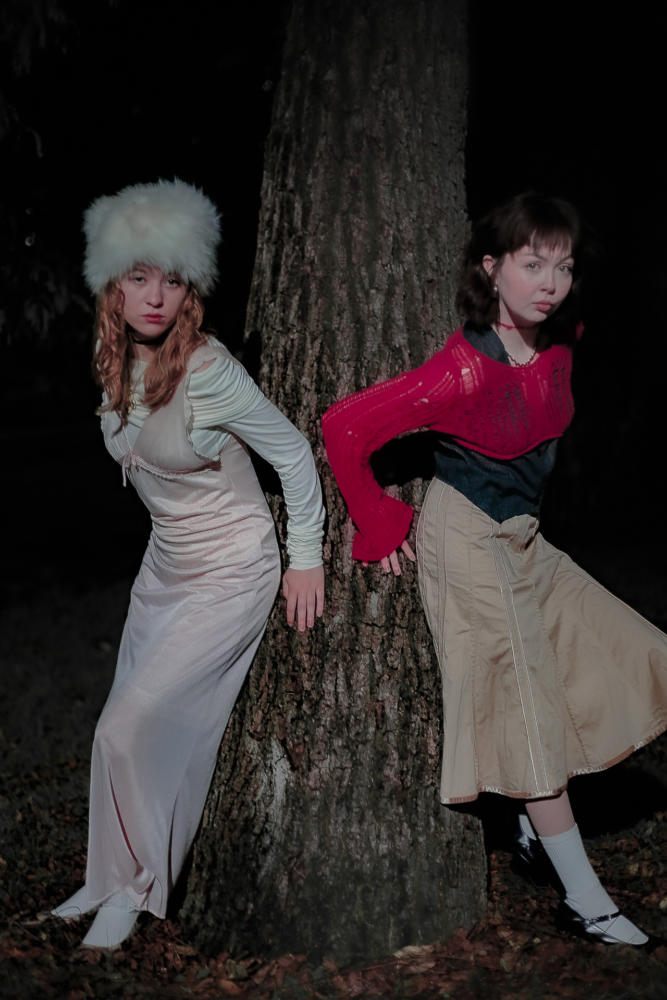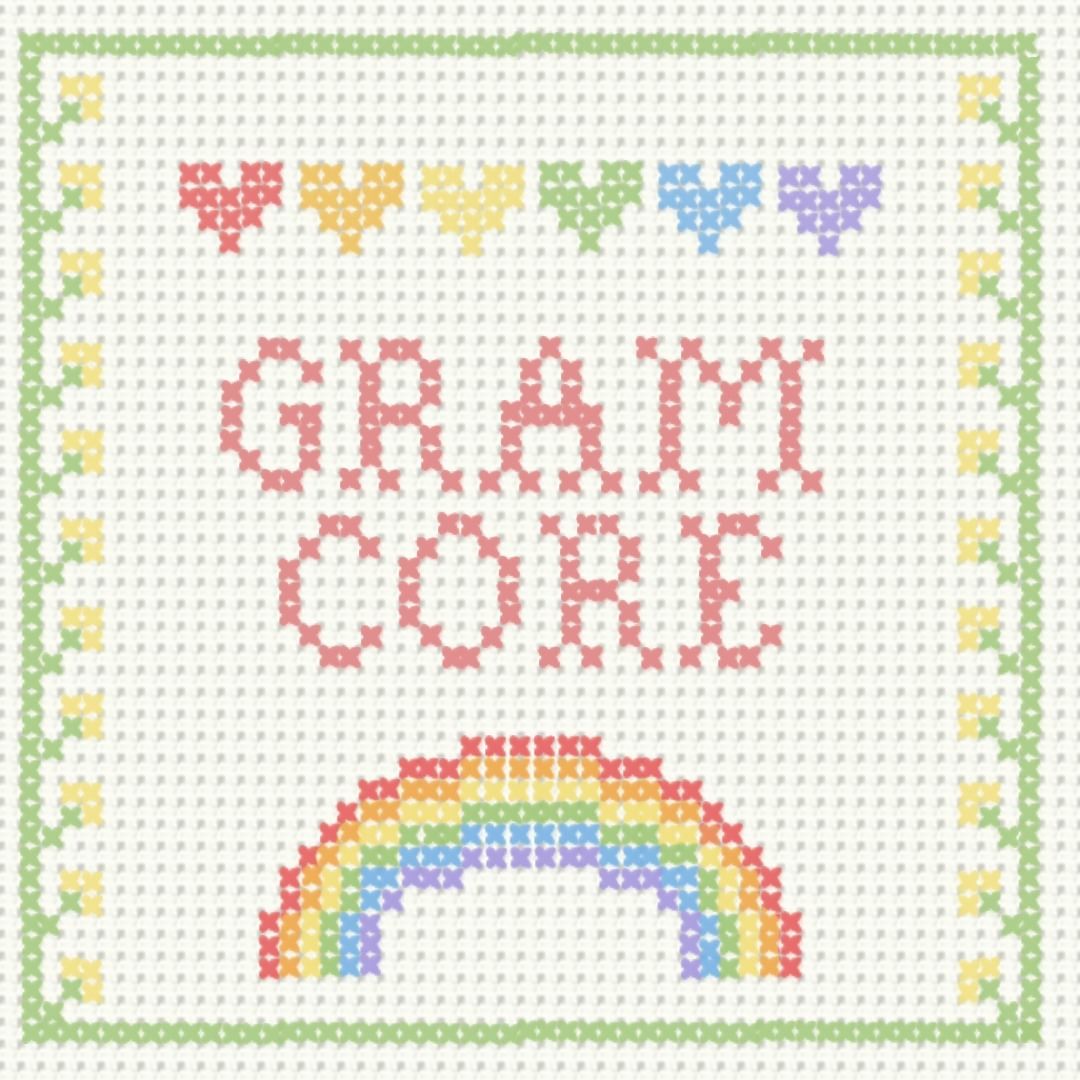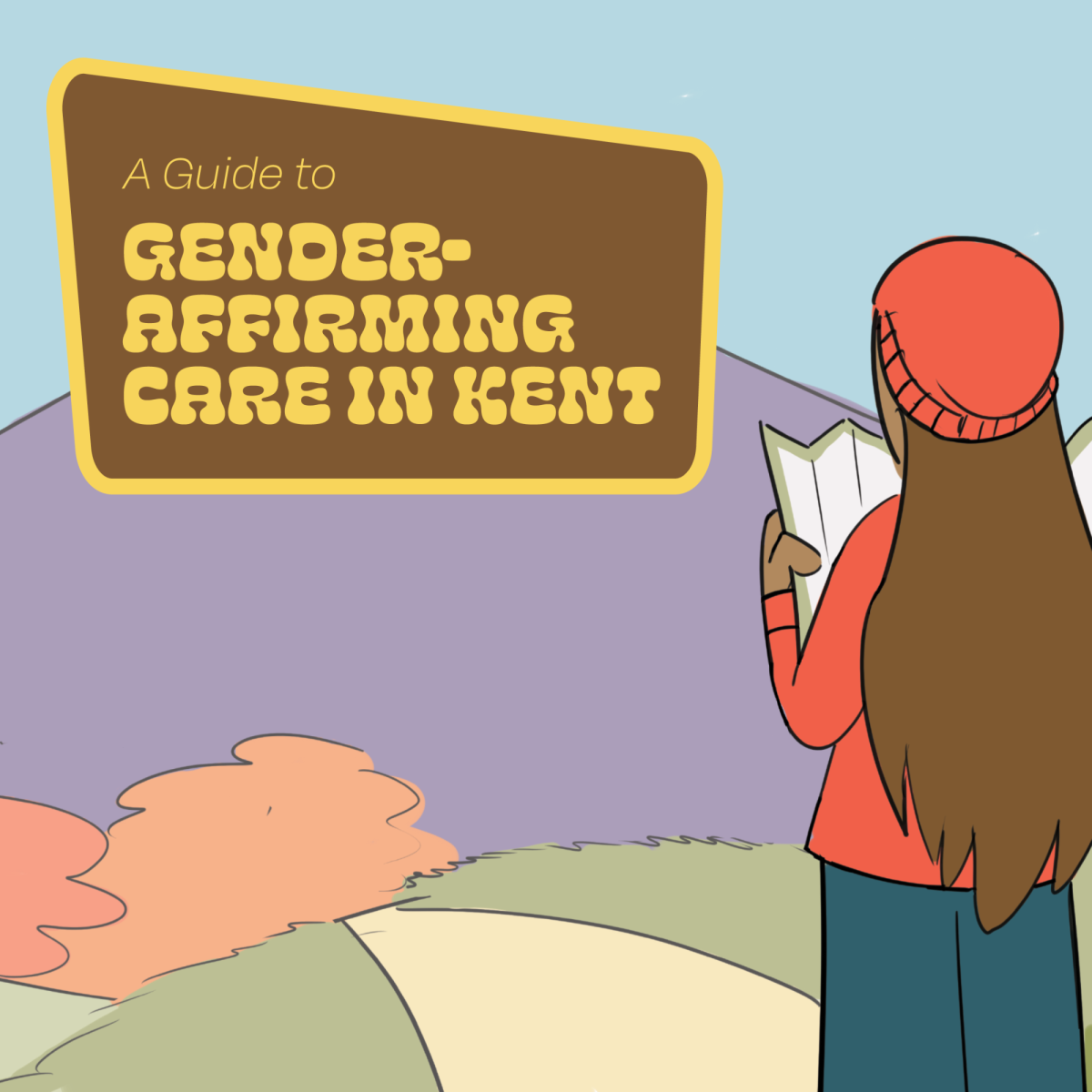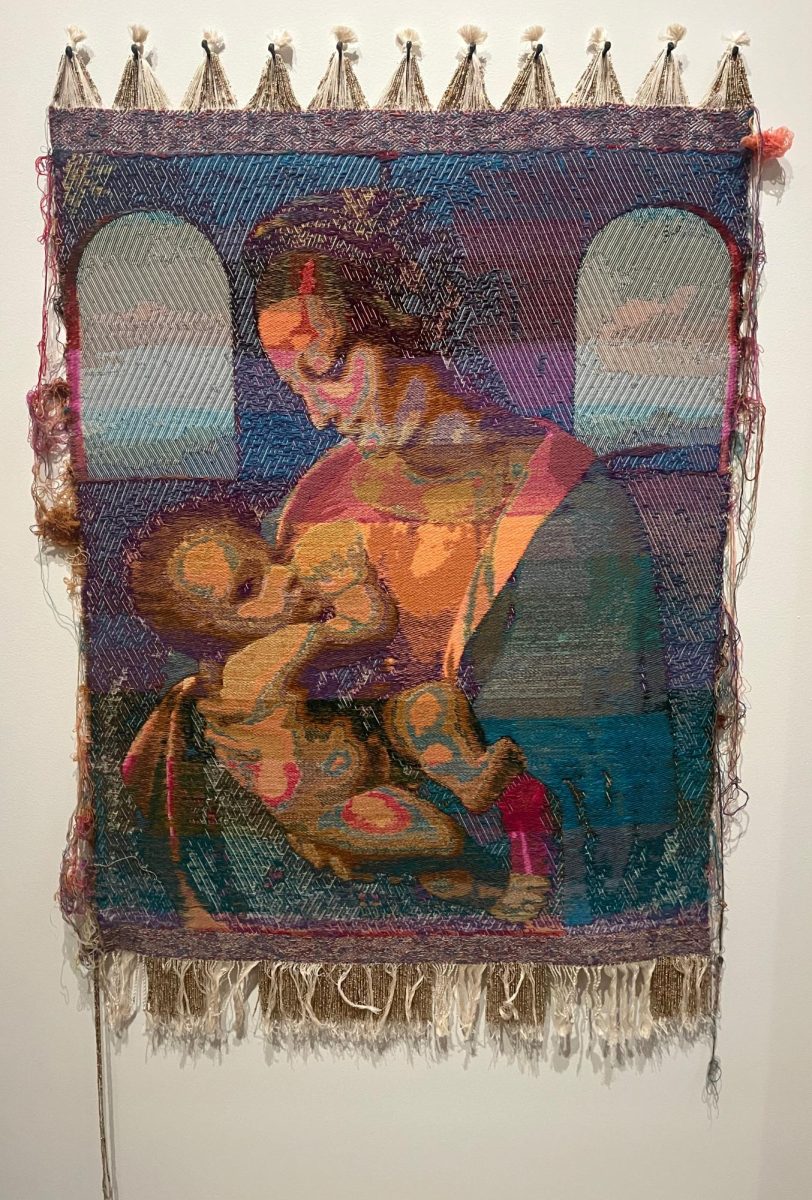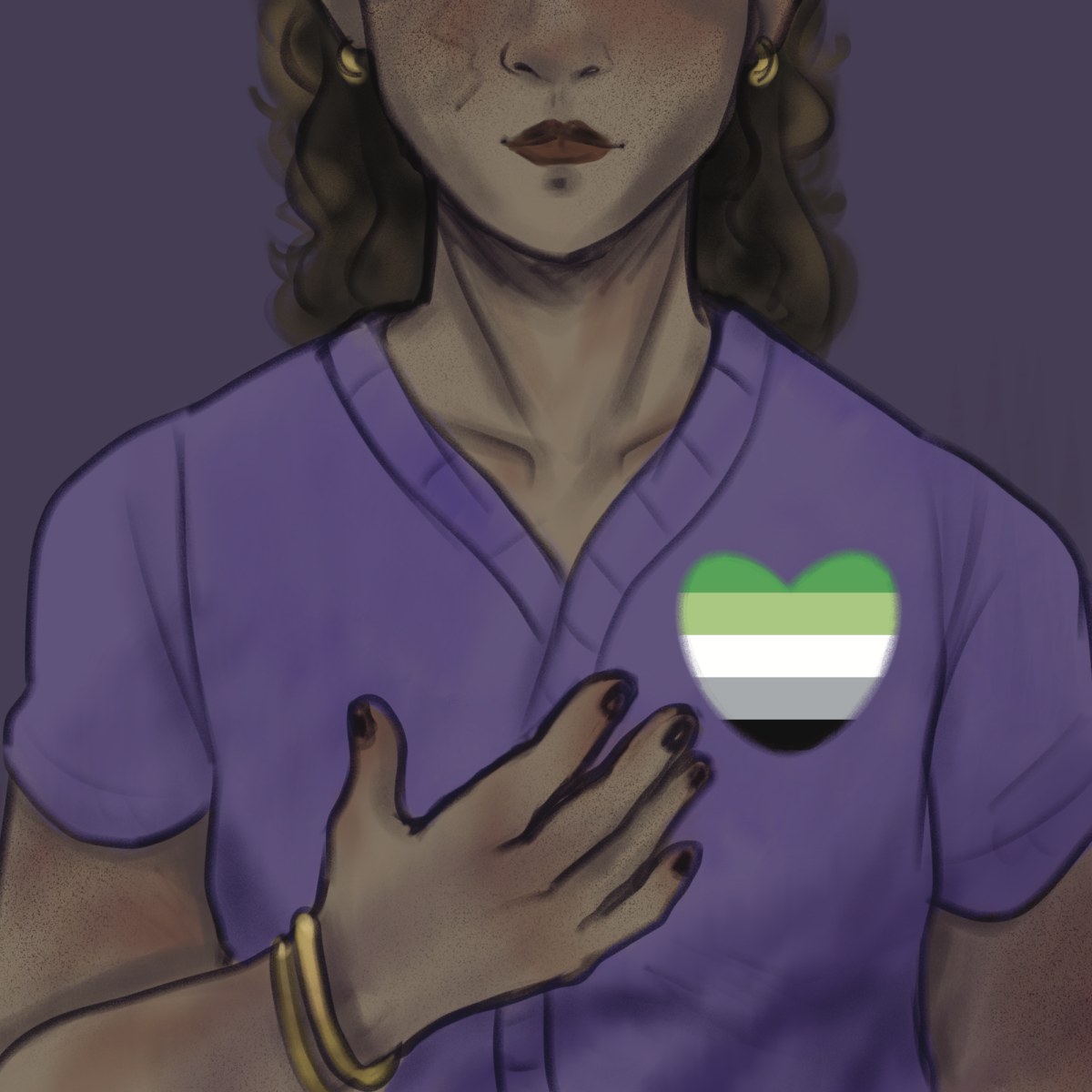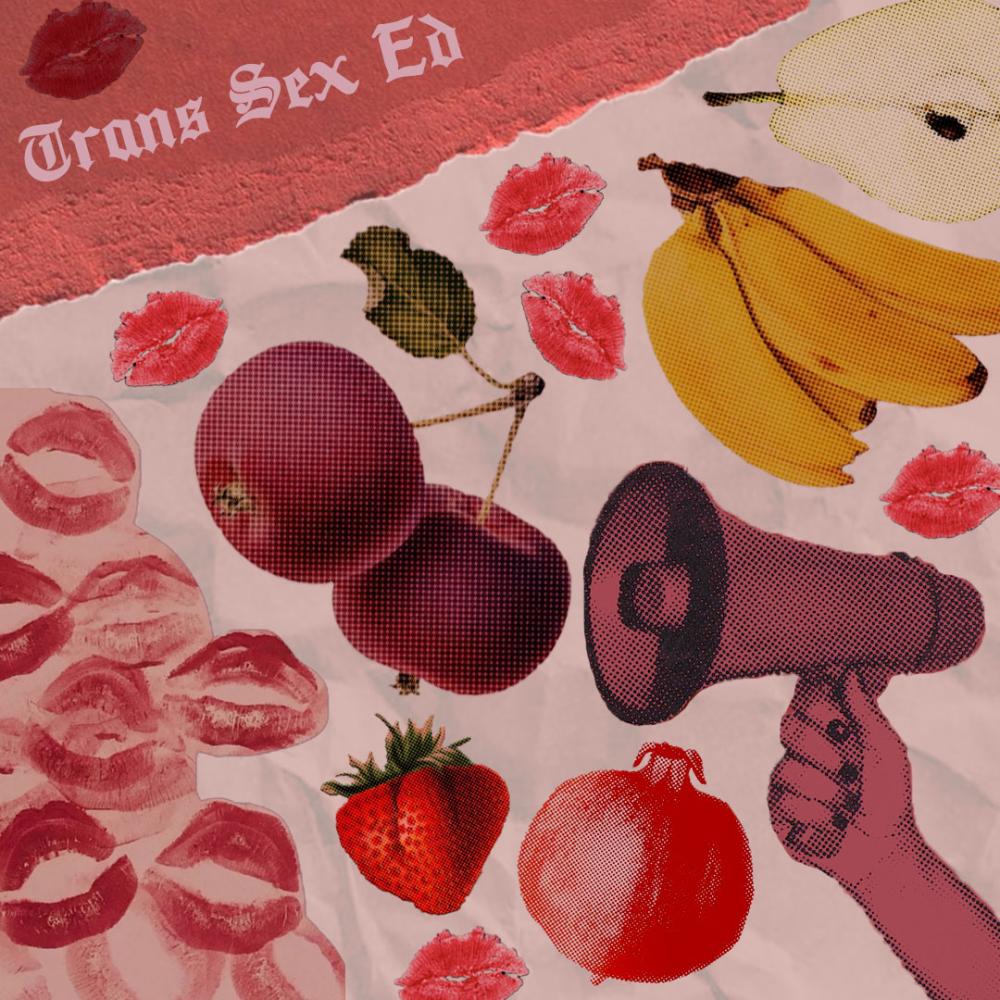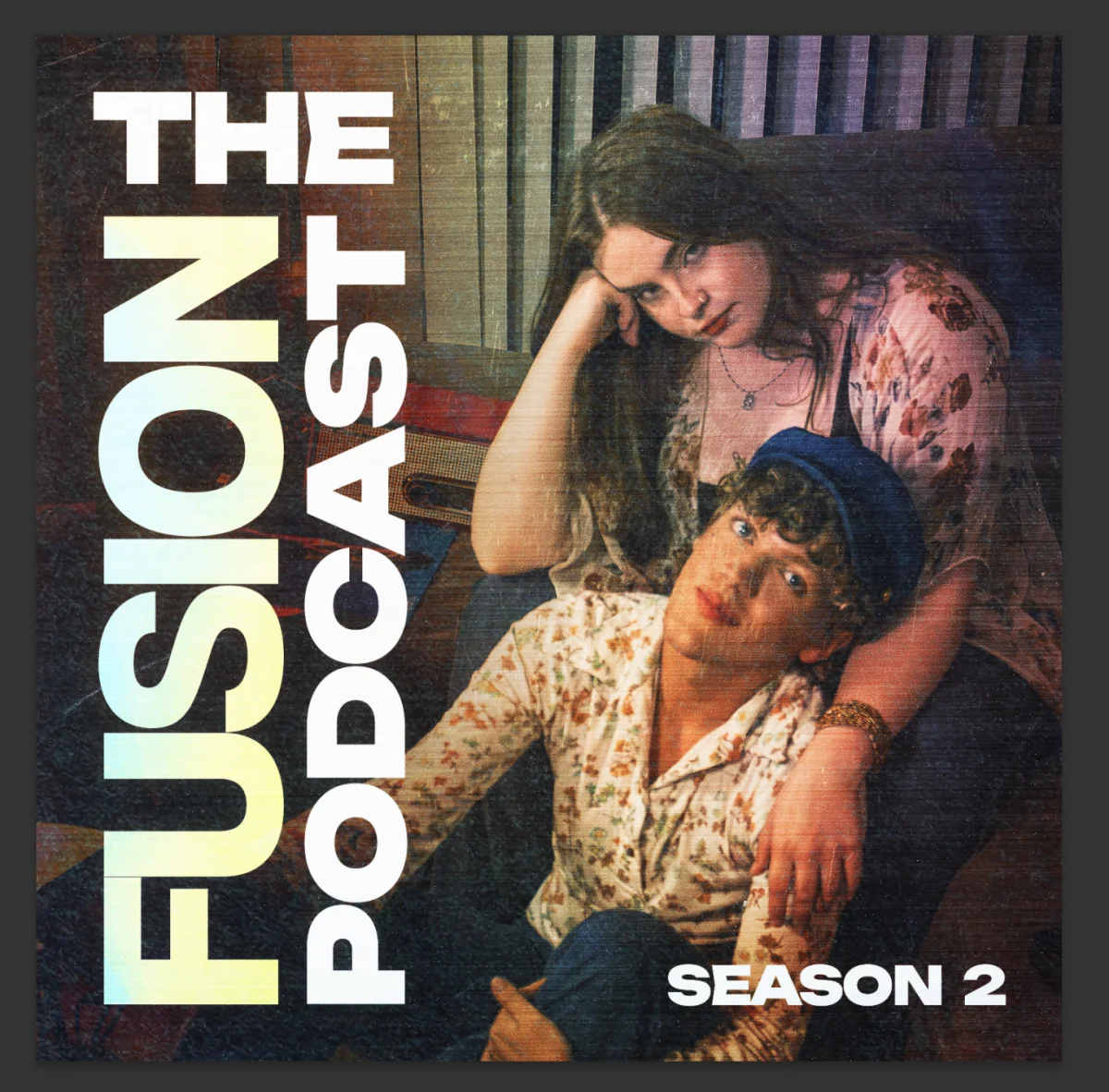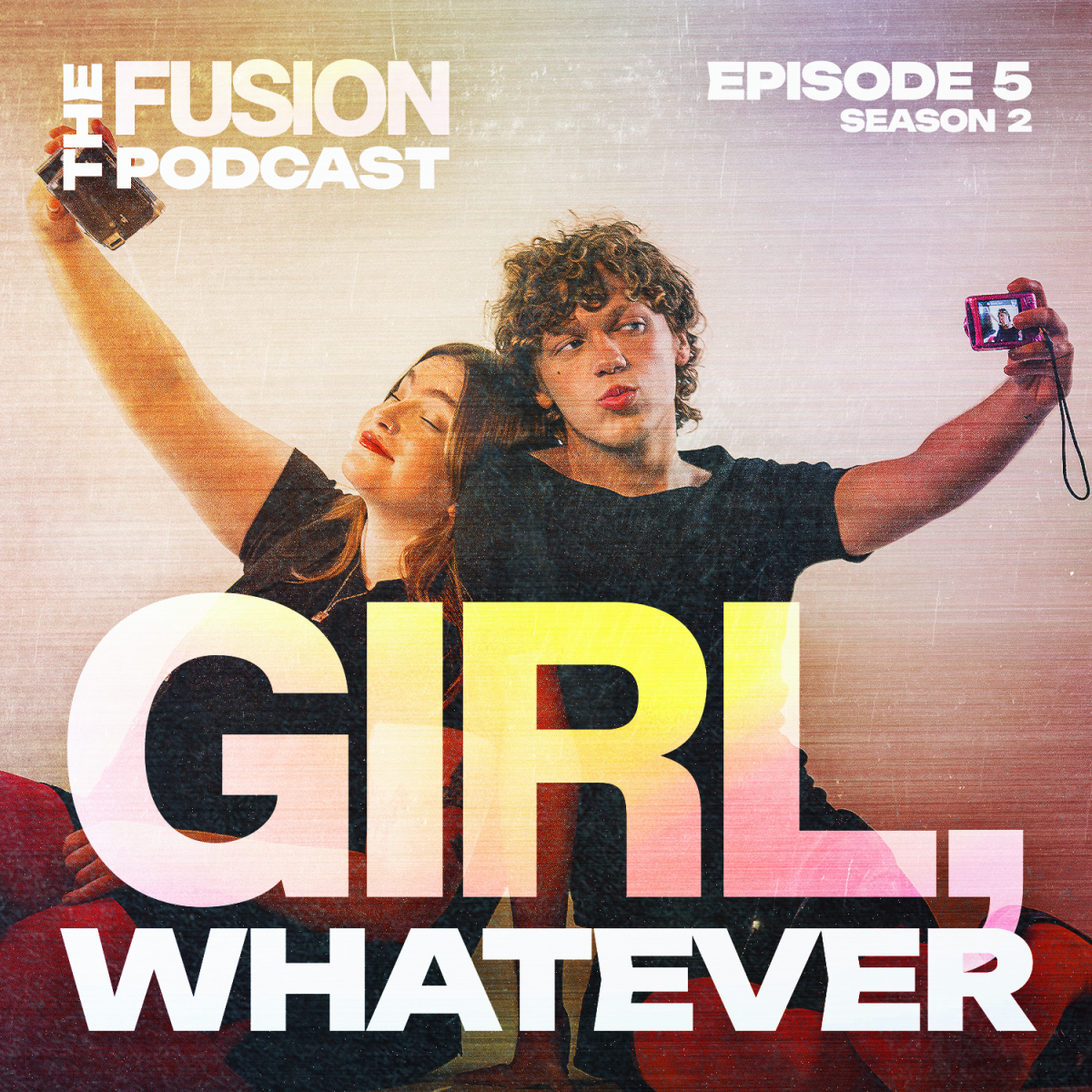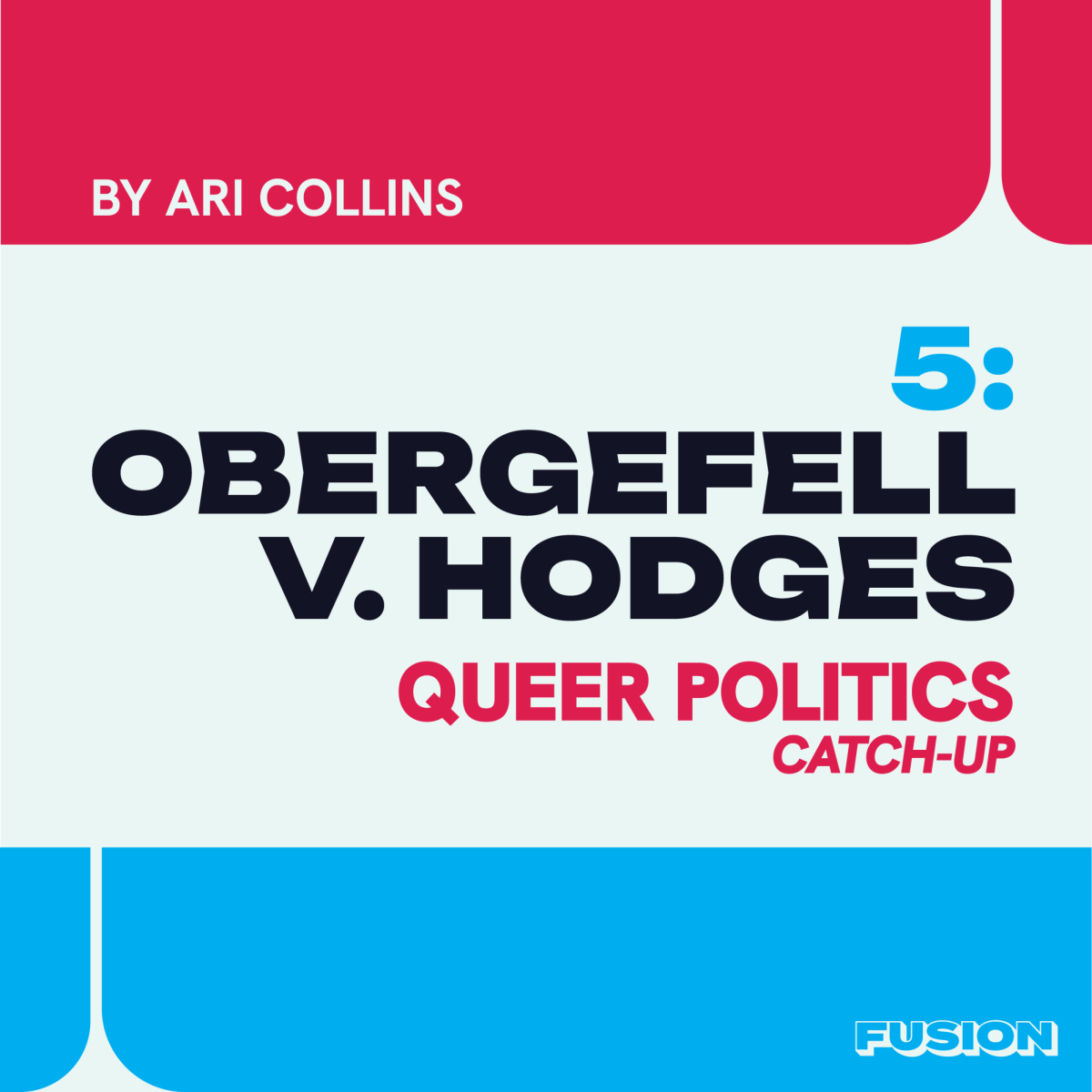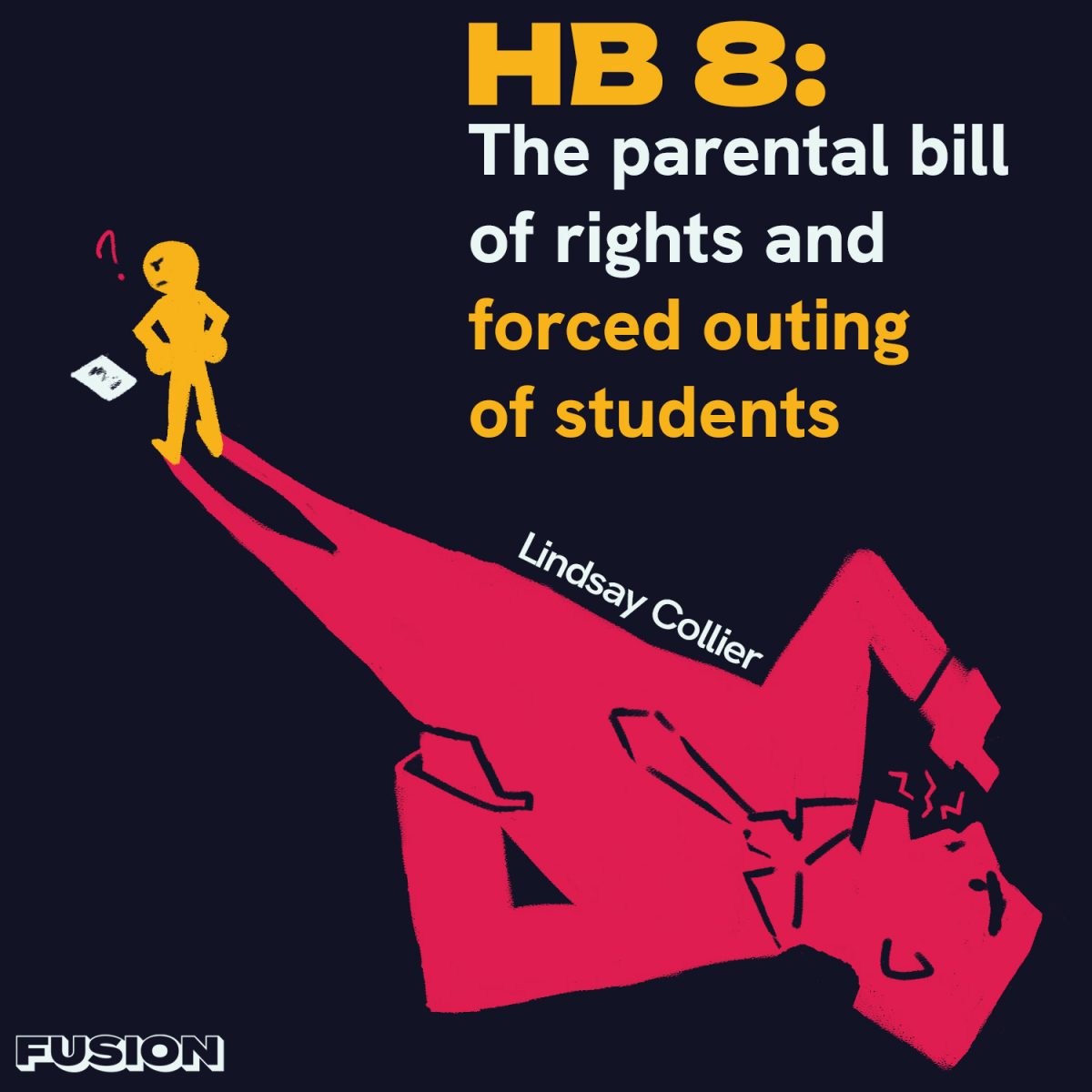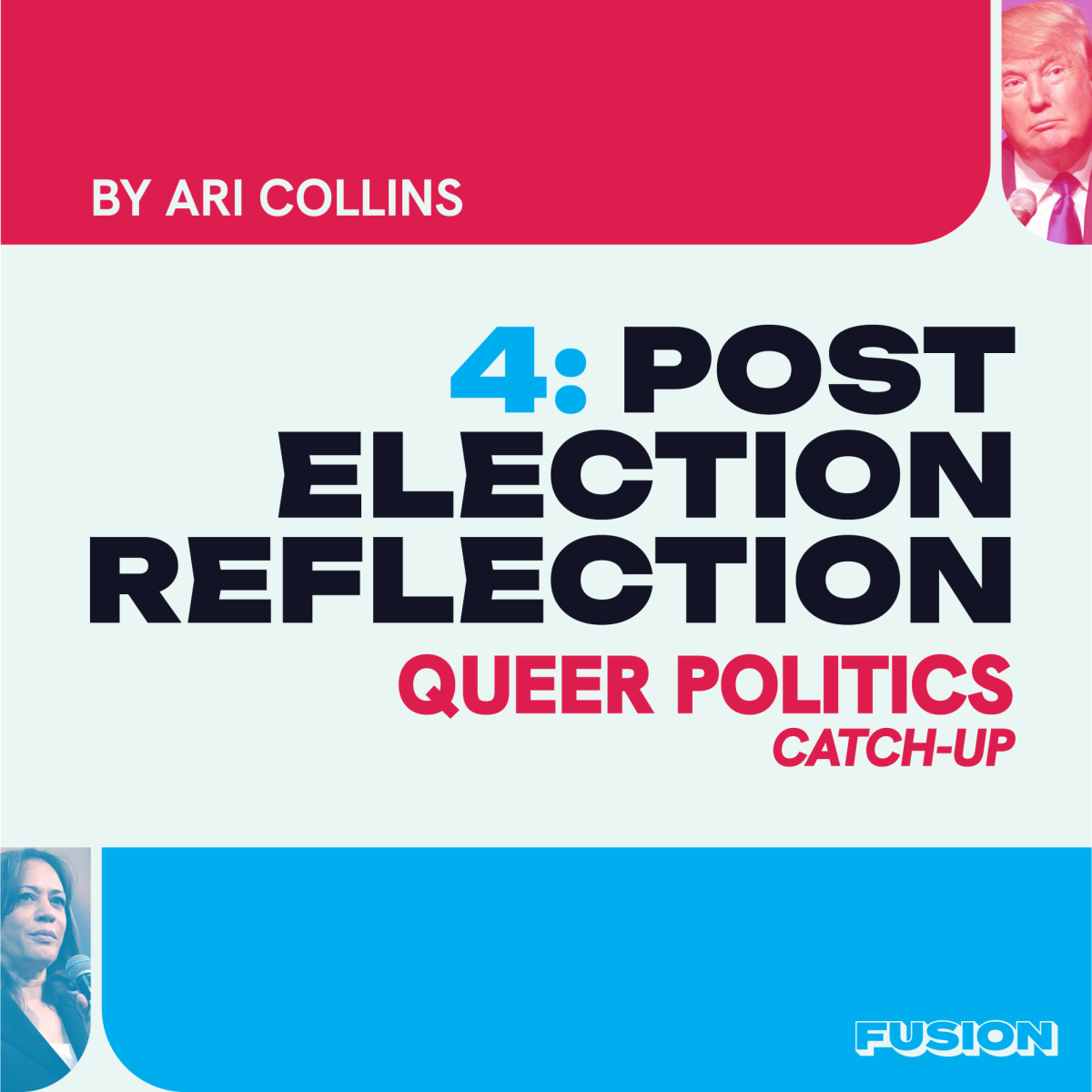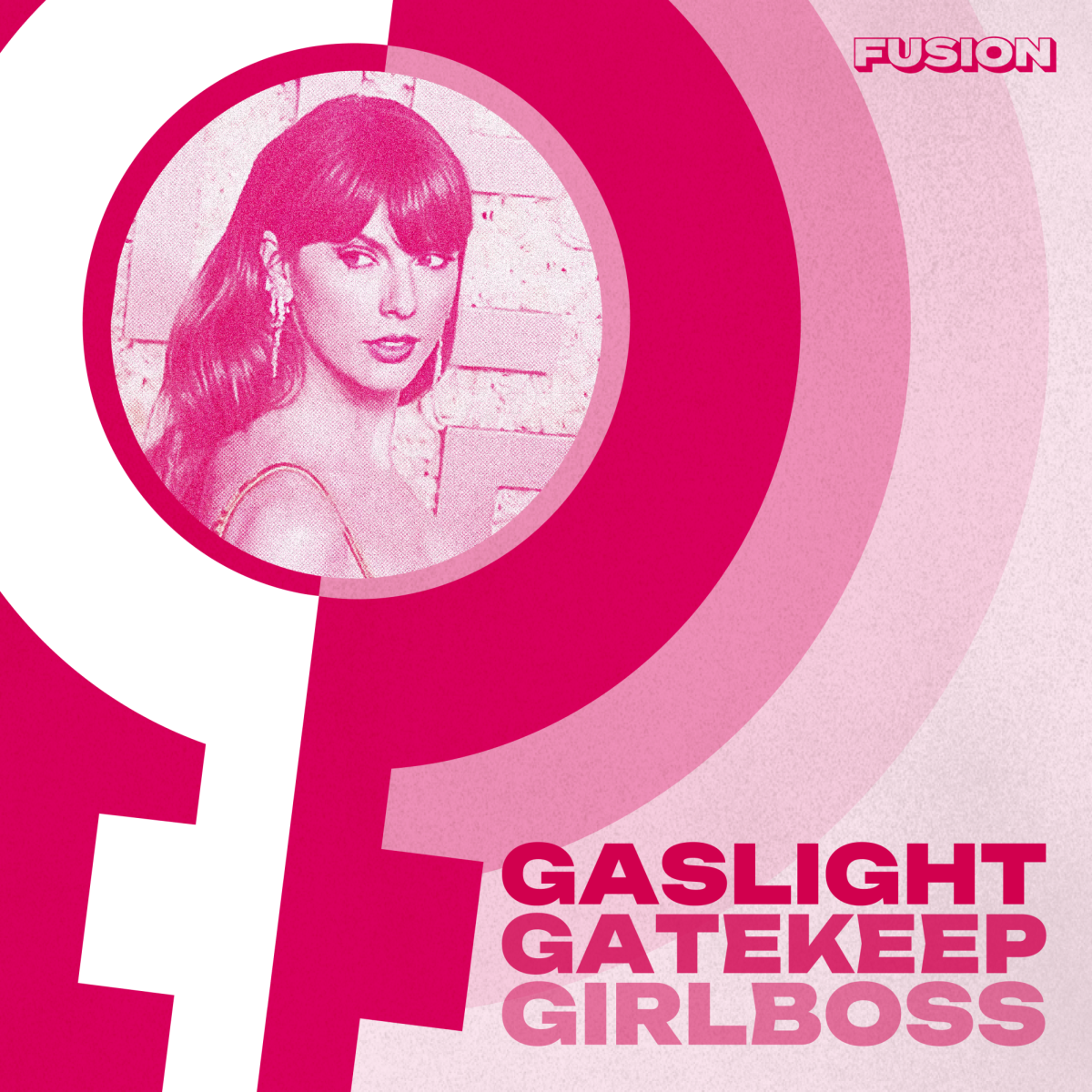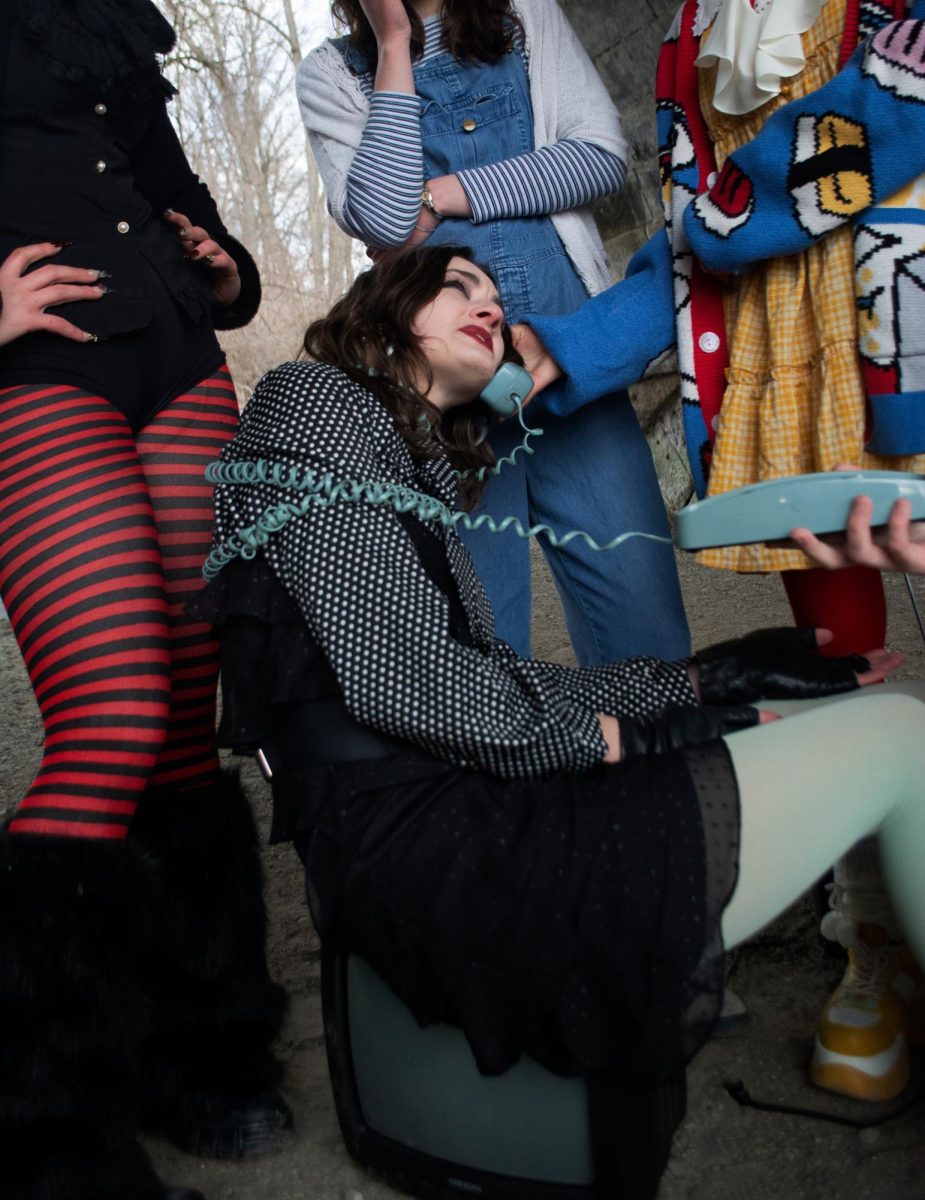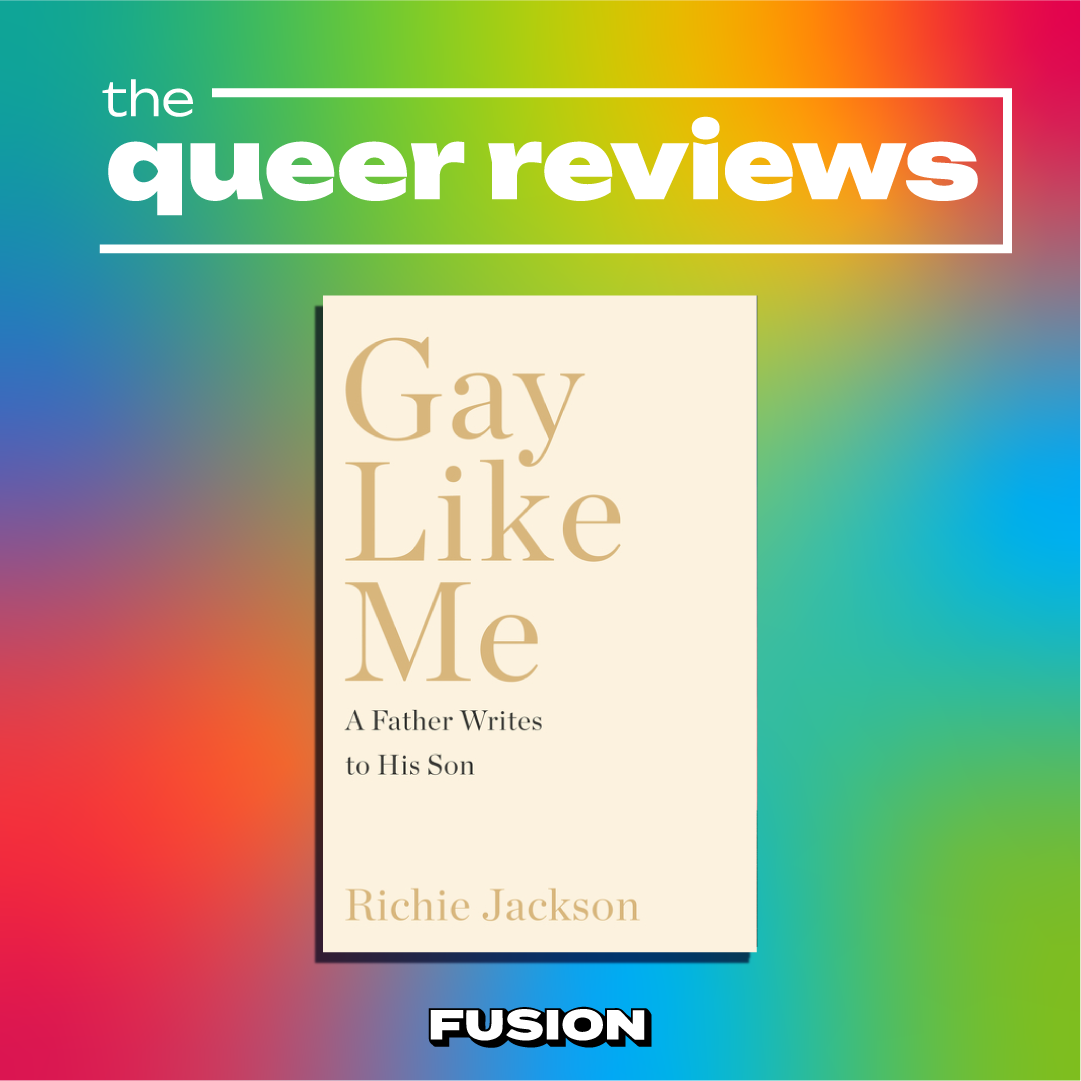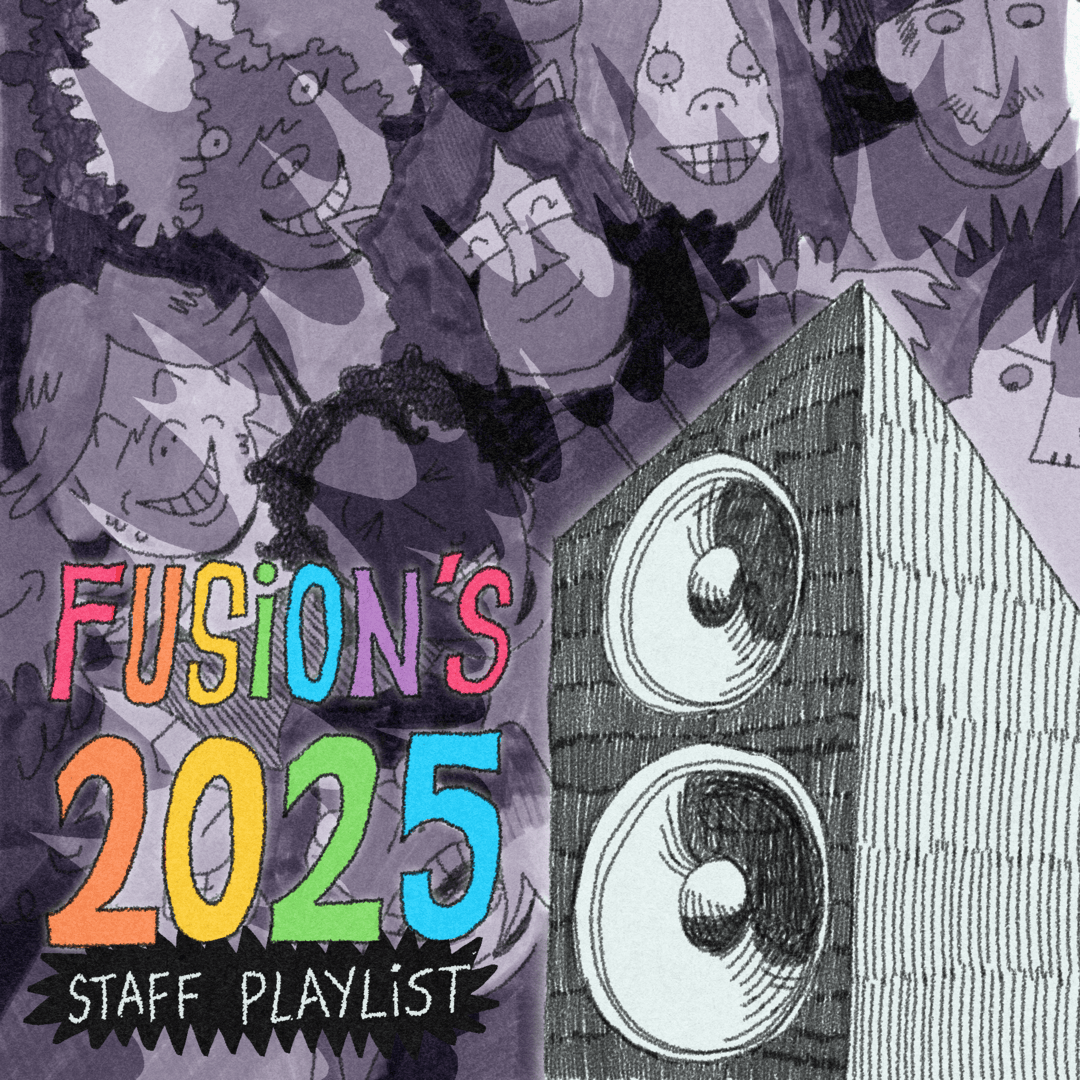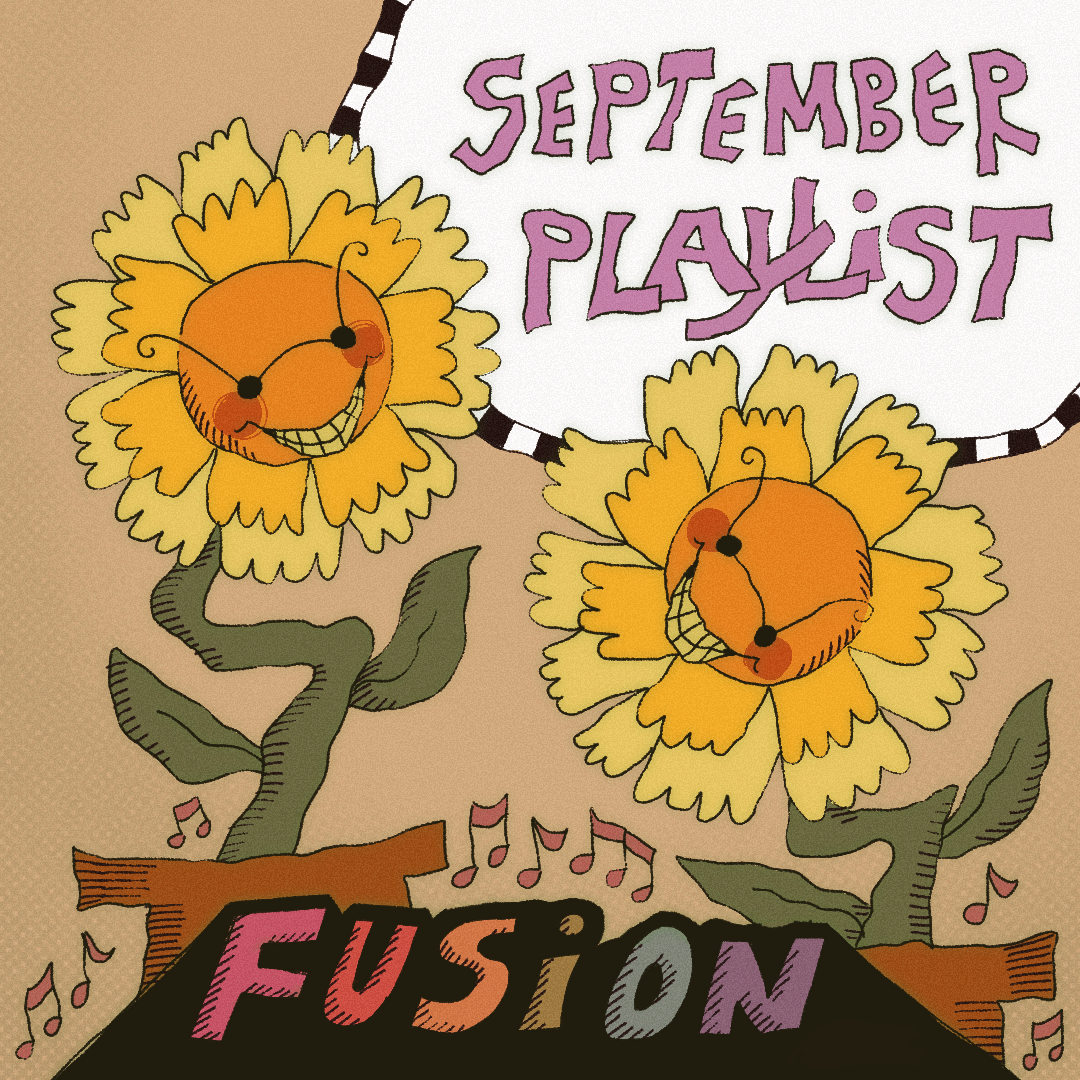Photographed by Ash Nolan; Written by Mandolin Wyn, Ash Nolan, and Alyssa Coyle
Traditionally, ties have been socially perceived as something only men adorned, whether that be for a day at an office job or for a large event. For generations, men would look in the mirror and finish their outfit with a tie before heading to the office. Whether these ties have a simple design or a multifaceted pattern, ties have been a staple accessory for men for decades.
Recently, the idea of styling ties is being embraced by the LGBTQ+ community; taking this originally heteronormative accessory and reimagining it so that anybody can adorn them.
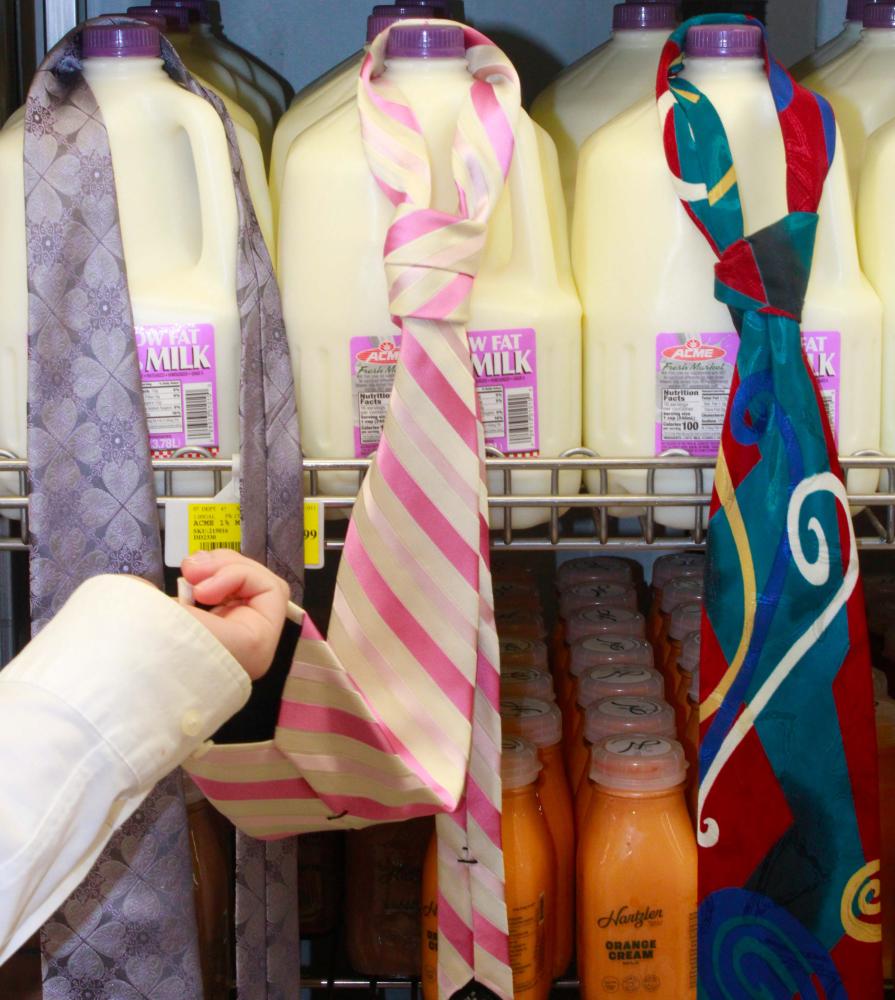
Historically, ties in popular culture date back to the 19th century, where it started to gain traction as a shift from French Cravats and Club Ties — most notably a college rowing team in the 1880s placing their hat bands around their necks. Even before this, in ancient cultures, communities adorned their necks with fabrics.
However, the queer community takes a different approach to the concept of styling ties. Not only does the LGBTQ+ community wear ties formally, they also style them as belts, headpieces and tops.
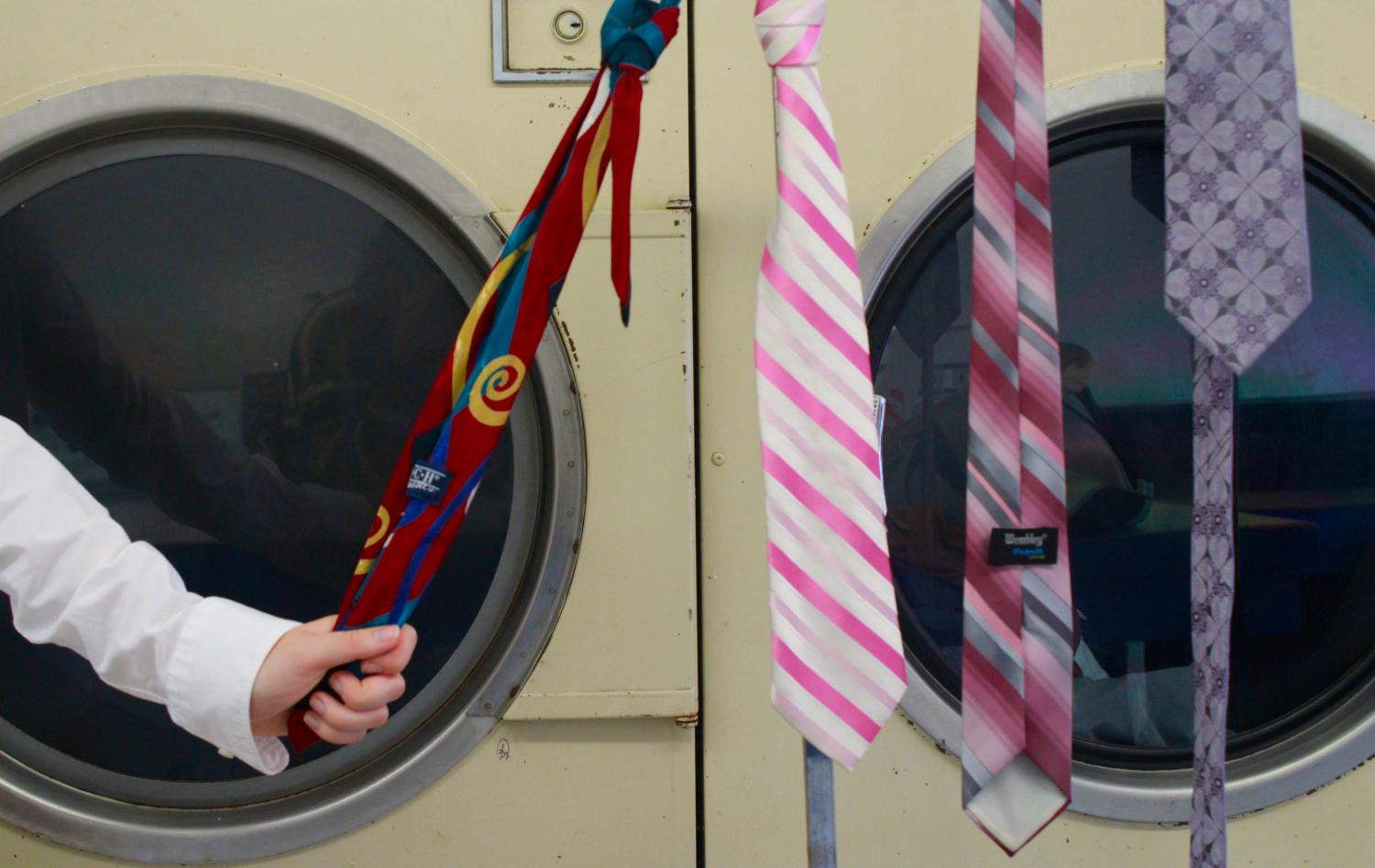
Nymphia Wind, winner of season 16 of RuPaul’s Drag Race, is a perfect example of using ties in a creative and innovative way. She created a look for the runway that featured ties hardened into bow-like shapes, protruding from her waist, neck and hat. Even her nails had little ties on them!
With the rise of androgynous and genderless clothing in the 21st century, ties are becoming a staple accessory for many LGBTQ+ people. Ties can be worn traditionally or in a high-fashion context by a person of any gender. Fashion is all about breaking the boundaries of what is “right” and “wrong,” and ties are the perfect accessory to do just that.


